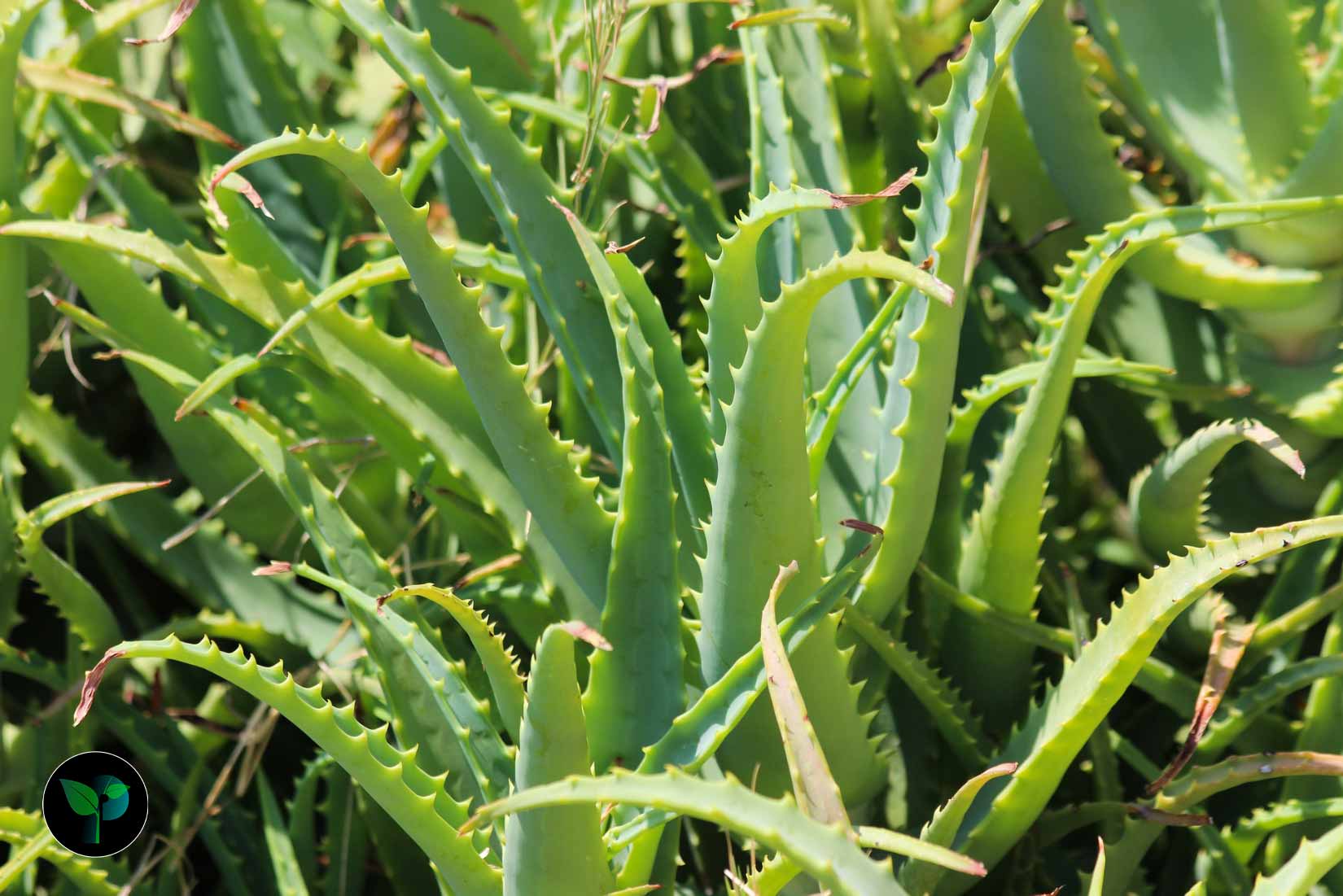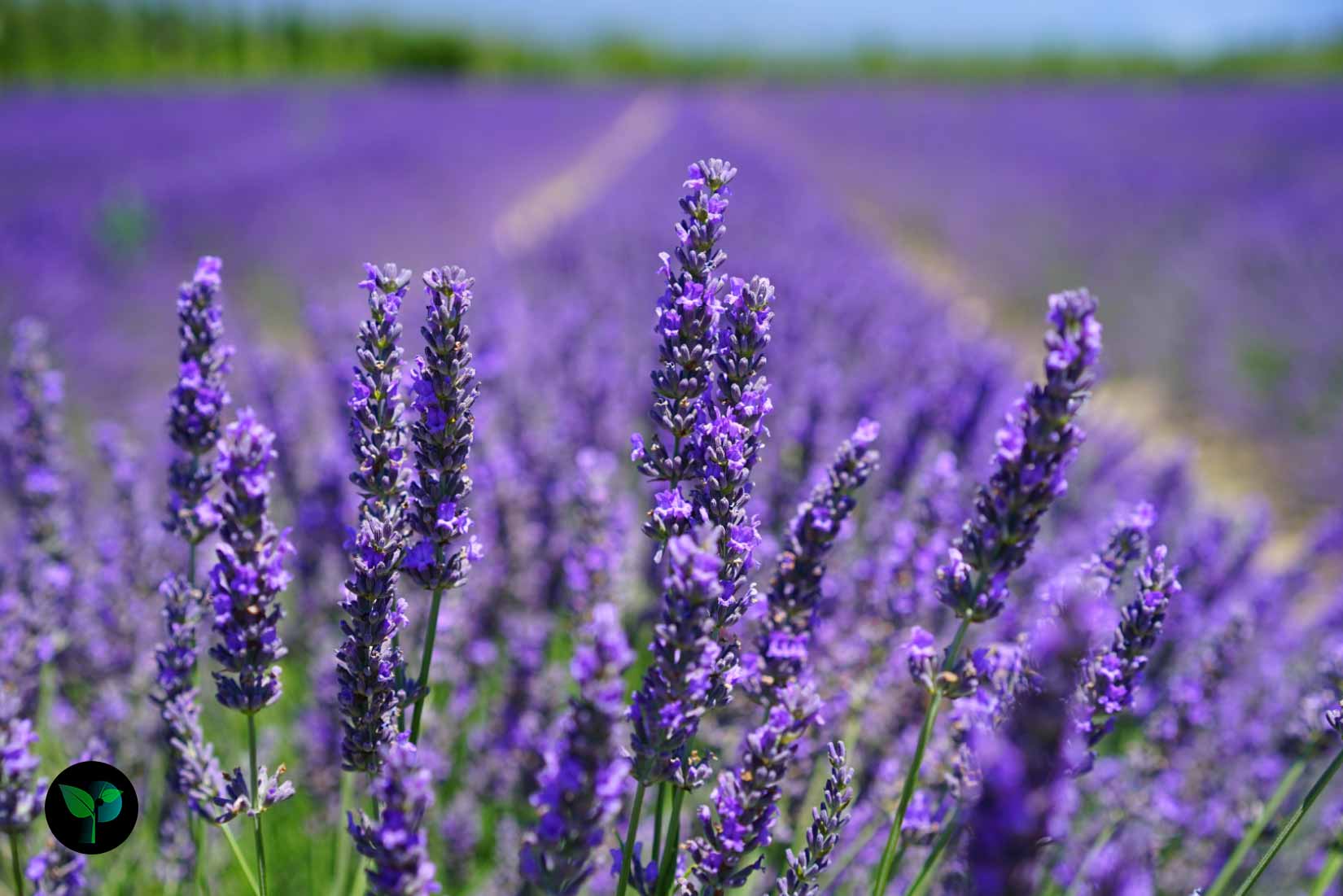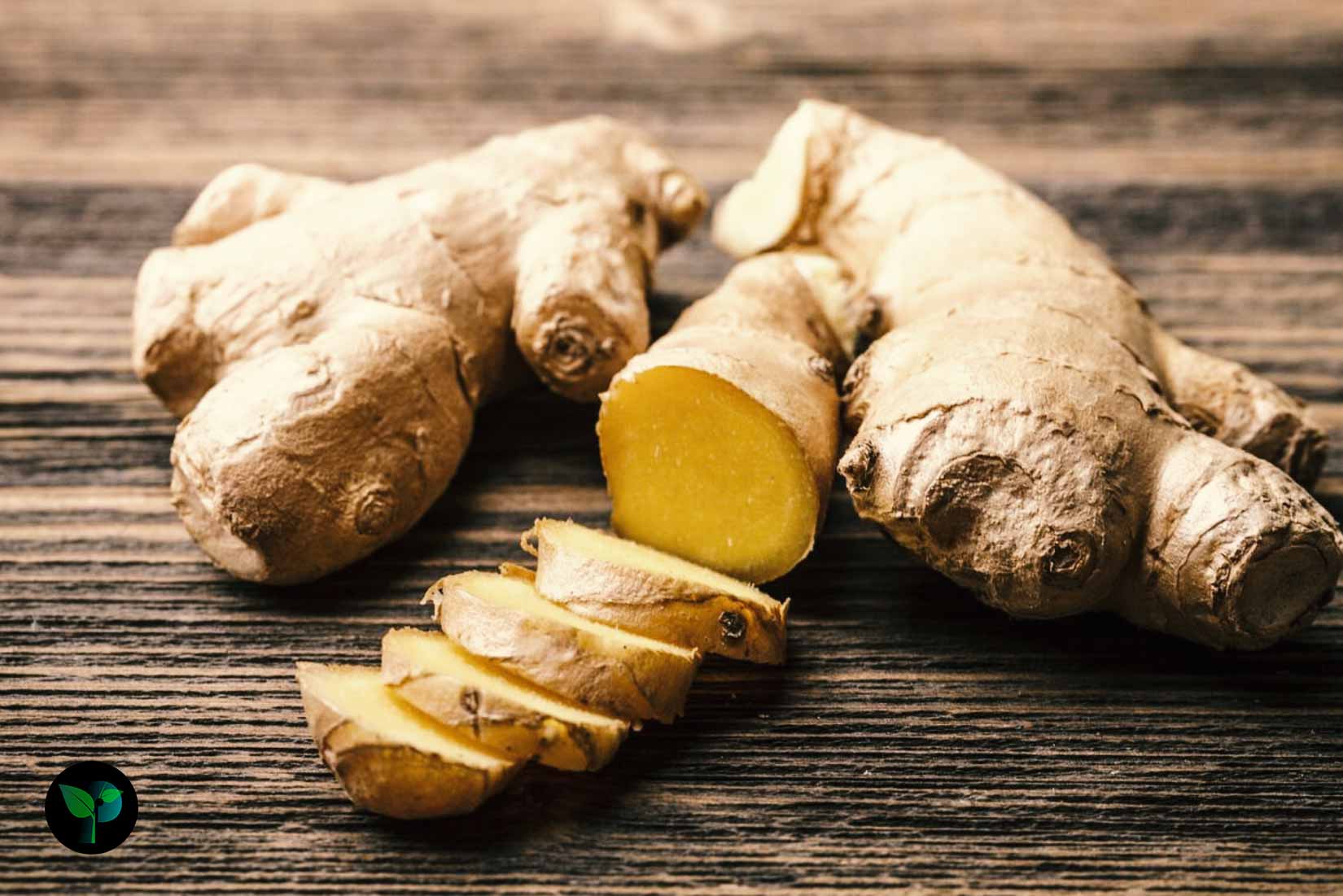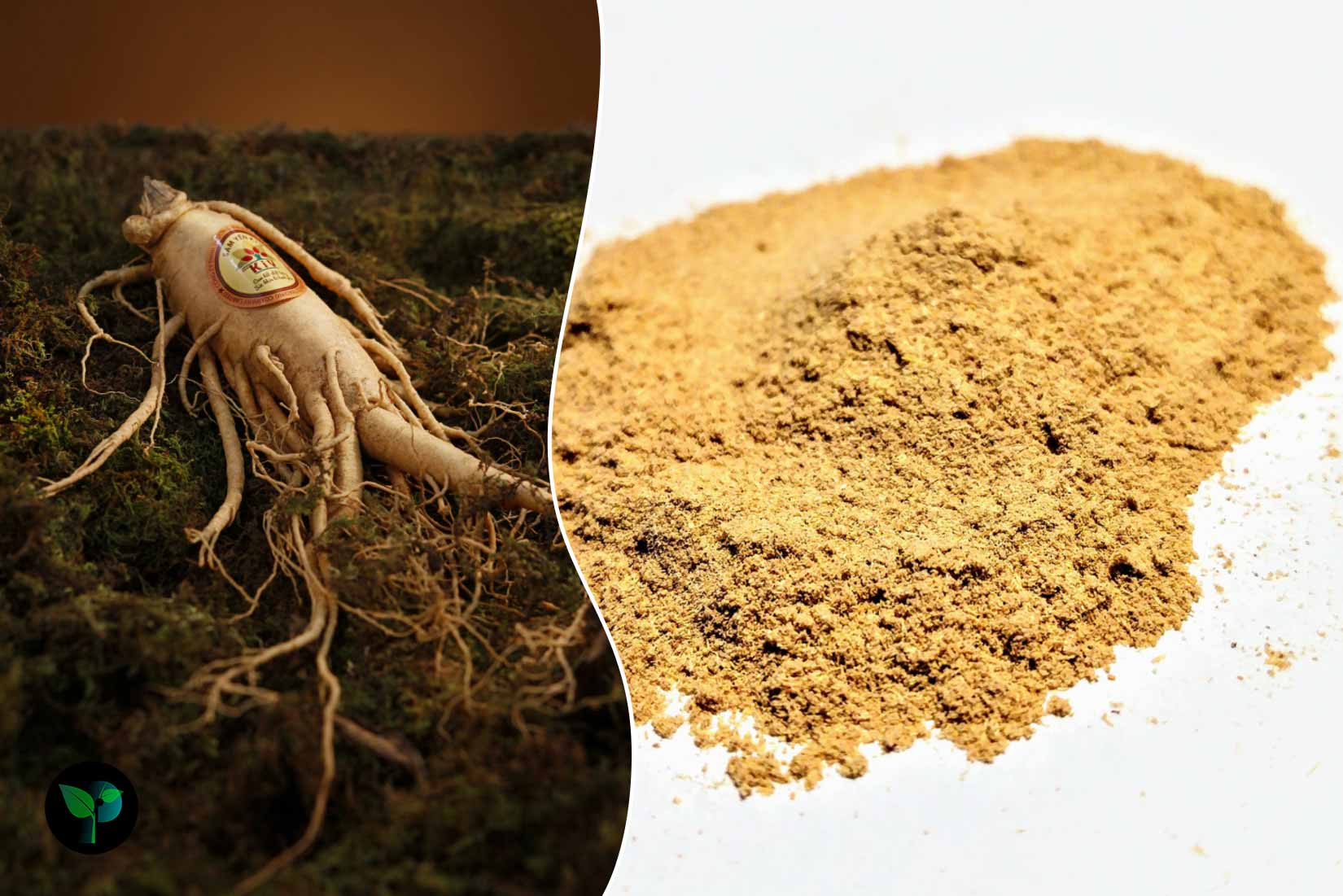Greetings, plant enthusiasts and green thumbs alike! Dive into a botanical paradise with our latest post on “Herbal Plants With Pictures,” where we blend the beauty of nature with the power of herbal remedies in a visual feast for the senses. In this vibrant celebration of herbal plants, we present a visual showcase of nature’s healing wonders, capturing the essence of each herb through stunning photographs that bring their colors, shapes, and textures to life. From the soothing hues of lavender to the vibrant greens of mint, each image is a testament to the diversity and beauty of herbal flora.
Aloe Vera
The Aloe vera, a succulent plant species, reaches heights of up to 1 meter (3 feet) outdoors. However, potted plants typically stay much smaller, around 50 to 70 centimeters (20 to 28 inches). As your Aloe vera matures, you’ll see thick, fleshy leaves emerge and spread outward. These leaves are usually green, although they can sometimes appear grayish. Look for tiny white teeth lining the edges of the leaves.

Basil
Basil (Ocimum basilicum) is a fragrant annual herb belonging to the Lamiaceae family. Growing 30 to 130 centimeters tall, it comes in green and purple varieties. Popular species include sweet basil, Egyptian basil, clove basil, and holy basil. Native to the warm, dry tropics of Central Africa and Southeast Asia, basil thrives as a perennial or biennial in these climates, but elsewhere it’s grown as an annual.
The plant features bright green, oppositely arranged leaves with a thin texture. Small white flowers bloom in clusters, and the fruit is a nut. When a stem flowers, it stops producing leaves, becomes woody, and the essential oil content in its leaves diminishes. To promote continued leaf production and maintain essential oil levels, regular pruning of branches is recommended.

Lavender
Lavender (Lavandula angustifolia) is a fragrant shrub reaching heights of 30 to 120 centimeters. Its beautiful flowers bloom in shades of purple, blue, pink, and white. The grayish-green leaves measure about 2 to 6 centimeters long. Thriving in warm, dry climates with plenty of sunshine, lavender flourishes in the Mediterranean region, southern Europe, parts of Africa, North and South America, Australia, and some areas of Asia. Widely cultivated for its many uses, lavender finds applications in cosmetics, hygiene products, aromatherapy, perfumes, colognes, and even cooking. In the following sections, we’ll explore the properties of this versatile plant in more detail.

Mint
Mint (Mentha) is a fragrant herb in the Lamiaceae family, prized for its culinary uses. While its essential oil shares some properties with pennyroyal, mint has smoother leaves with deeper serrations and a milder flavor and aroma. Mint comes in wild and cultivated varieties. Wild mint, typically found in the foothills of low-altitude mountains, is often considered to have a stronger taste and more potent properties.

Ginger
Ginger (Zingiber officinale) isn’t a root, but an underground stem called a rhizome. It’s prized for its medicinal and therapeutic properties, with a history of use dating back centuries in Southeast Asia. This herbaceous plant features green leaves and slender, reed-like stems with beautiful yellow-green flowers. However, ginger thrives in warm, moist conditions and is quite sensitive to both cold and drought.

Ginseng
Panax ginseng, also known as Asian ginseng, is a slow-growing perennial native to East Asia and North America. Once so revered that only royalty could harvest it, ginseng is prized for its root. This root typically reaches around 7 centimeters long and 2 centimeters in diameter, with a color ranging from yellow to brown. The plant itself takes its time to mature, taking up to 4 years before producing flowers.




Leave a Reply